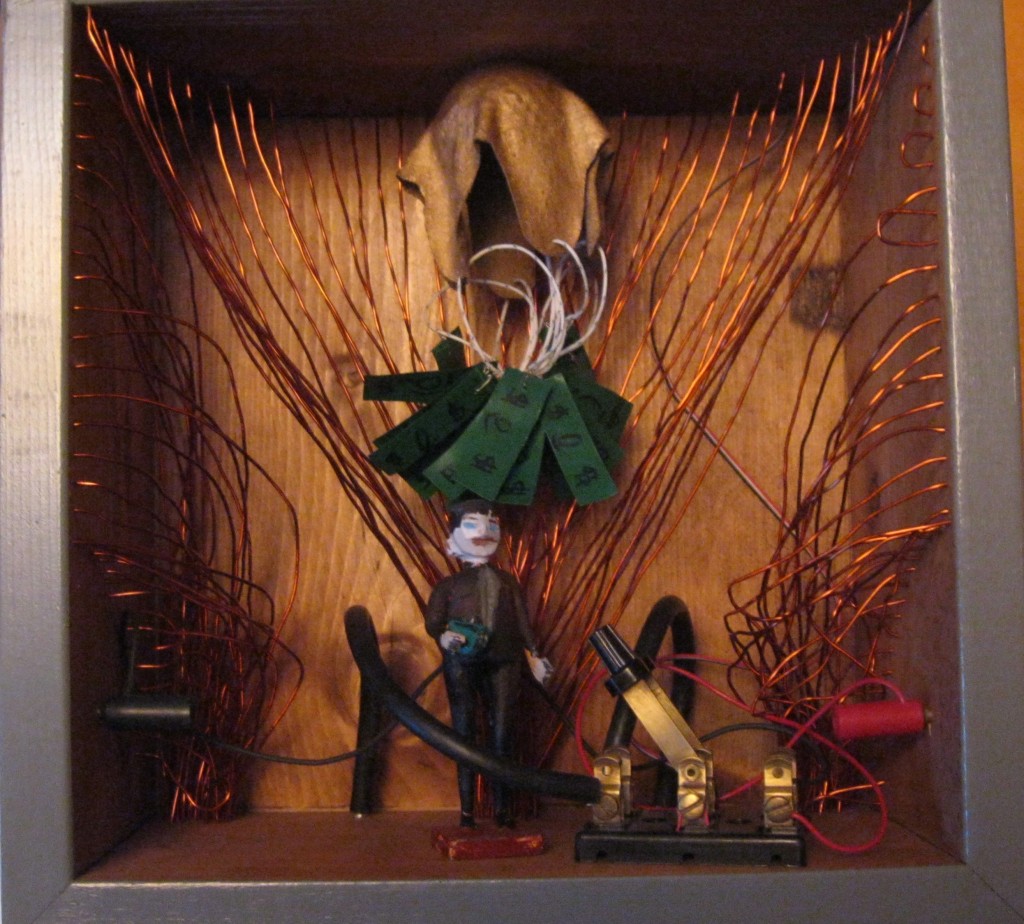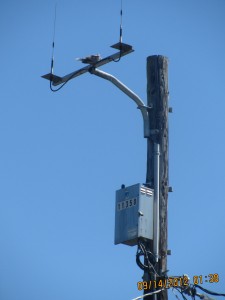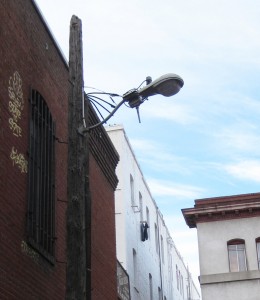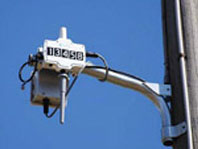The fifth and final California Pubic Utility Commission (CPUC) Smart Meter public participation hearing on the Smart Meter opt out program was held yesterday in Santa Rosa, California. People came from as far away as Santa Cruz, Mendocino and Sacramento to speak to the CPUC judge, Amy Yip-Kikugawa, who allowed each person 2 minutes to talk.
Stop Smart Meters organized a bus from Santa Cruz which also picked up people from San Francisco, and Marin and Alameda counties.
An estimated 200+ people attended the hearing and 100 speakers signed up to comment on PG&E Smart Meters which many said had caused them serious health problems. Heart palpitations, headaches, tinnitus and sleep problems were common complaints. The hearing lasted fours hours, which was two hours longer than scheduled.
One meter reader from Marin told the judge that PG&E was covering up Smart Meter fires and that he lost his job for not being quiet. He said when a customer had their power remotely turned on, after a a delinquent bill was paid up, the Smart Meters were frying.
An article in the Santa Rosa Press Democrat, “PG&E gets earful over SmartMeters at Santa Rosa hearing” reports on the hearing, although the article errs by stating the World Health Organization (WHO) has not found “a provable link” between SmartMeters and health. In May 2011, the WHO classified radio frequency (RF) radiation (aka wireless) as a 2b carcinogen, same as DDT and lead. The classification was based on long term cell phone studies, but is applicable to all wireless devices: cell phones, DECT and cordless phones, wi-fi, cell towers, baby monitors, Smart Meters and other wireless devices.
The CPUC held five hearings in all: Bakersfield, Santa Barbara, Los Angeles, San Clemente and Santa Rosa. Here’s a media report from Santa Barbara: Edison Customers Express Concern, Frustration Over Installation of Smart Meters.
Speakers comments will become part of the record in the Smart Meter opt out proceeding. Parties in the proceeding will next file briefs which are due January 11, 2013. A Commission decision is expected sometime next spring, or early summer of 2013.
If you were unable to attend these hearings, you may submit written comments to the to the CPUC’s Public Advisor’s Office at the address noted below. Please refer to the application filing number, A.11-03-014 et al, when writing. Please state if you would like a response, otherwise no response will be sent. Your comments will become a part of the formal file for public comment in this proceeding. The Public Advisor’s Office will circulate your comments to the five Commissioners, the ALJ, the Division of Ratepayer Advocates (DRA), and to CPUC staff assigned to this proceeding.






